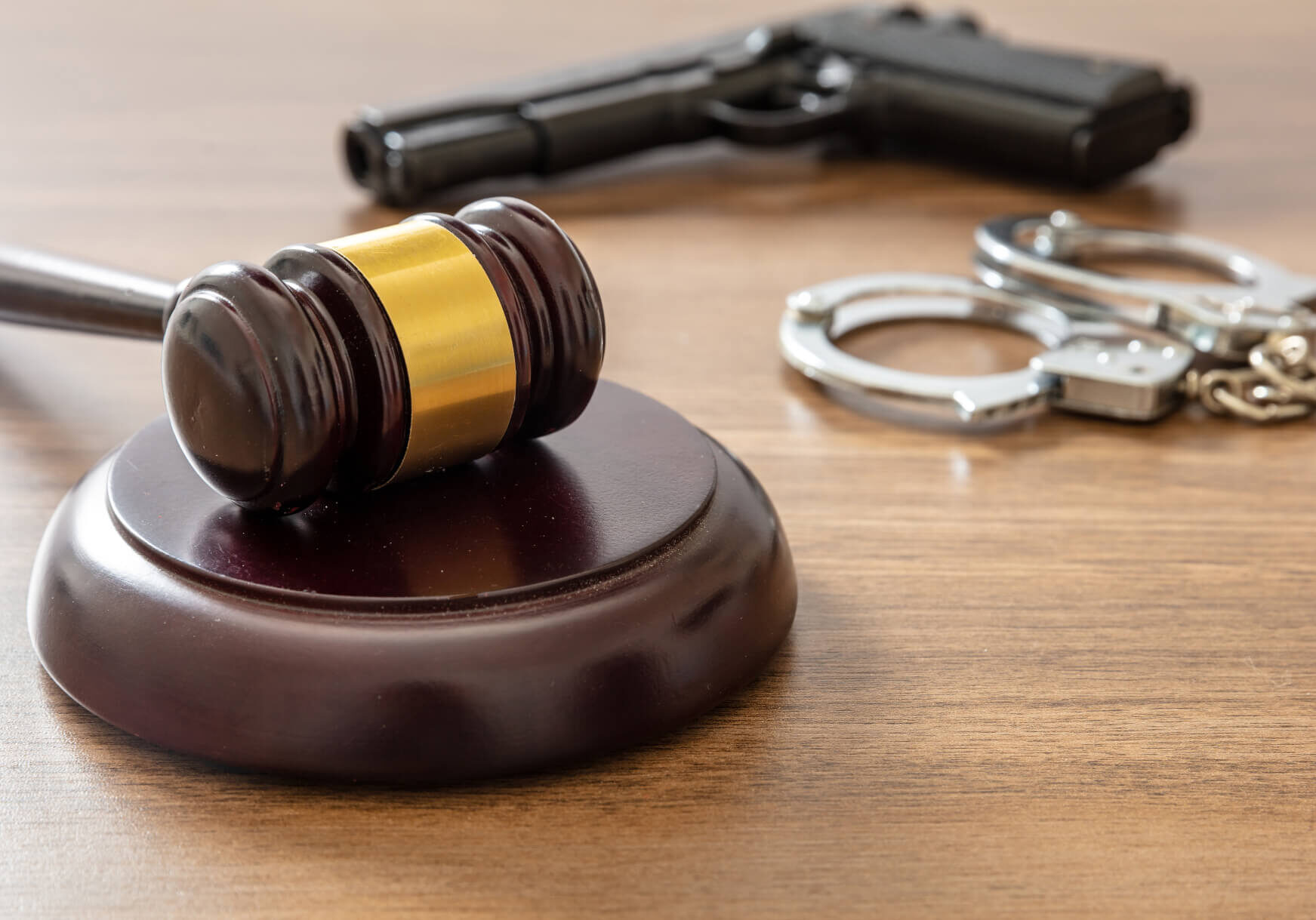What is GunStat?
Research has demonstrated that a small number of offenders account for a disproportionate percentage of violent crimes, and these chronic offenders often share similar high-risk behaviors—including the possession and use of illegal firearms.i However, despite their small number, these offenders often perpetuate cycles of violence that leave a path of fear and devastation in communities. Strategies that identify and disrupt gun offenders have proven to be effective in reducing violence.


History of GunStat
The GunStat model was developed in Baltimore, Maryland, in the mid-2000s as part of the city’s efforts to address and prevent street violence. At that time, Baltimore was experiencing a surge in violent gun crime, and information on offenders was isolated within specific criminal justice agencies. This resulted in strategies to prevent and disrupt gun violence becoming fragmented.
In response, the Mayor’s Office of Criminal Justice began facilitating a bi-weekly interagency meeting called GunStat, which used data to identify and track violent gun offenders. The model promoted structured collaboration, communication, and data sharing across agencies. Through the implementation of the GunStat model, Baltimore experienced substantial decreases in violent crime while also observing an overall reduction in both arrest rates and declinations to prosecute in gun-related cases.
Hear firsthand from John Skinner, Deputy Police Commissioner (ret.), about how GunStat transformed Baltimore.
This video is courtesy of the National Public Safety Partnership Virtual Academy.
Core Elements
Since its inception, GunStat has become a best practice model for collaborative approaches to addressing violent crime. It has been replicated in several cities, some of which include Detroit, Chicago, Philadelphia, Washington, D.C., and Wilmington, Delaware. While there have been variations in how the GunStat model has been applied, three core elements are implemented consistently:
The identification, targeted prosecution, and post-conviction monitoring of prolific gun offenders.
Data and intelligence sharing across GunStat agencies.
Recurring and regularly scheduled collaborative GunStat meetings to discuss and analyze data on gun offenders and gun cases.
Through the implementation of these core elements, the GunStat model can promote enhanced communication and collaboration between criminal justice agencies to systematically address and prevent violent crime.

GunStat Coordinator
Jurisdictions interested in implementing the GunStat model should consider identifying a coordinator to oversee the process. The GunStat coordinator plays a vital role by working across all criminal justice agencies to streamline the flow of information while also managing GunStat agendas, meetings, and post-meeting action items.
Several cities have found that the process is more effective when the GunStat coordinator is positioned in a neutral agency. A neutral GunStat coordinator can help provide a more impartial review of the data and may also alleviate inter-agency tensions that traditionally exist between criminal justice agencies.

Typical Agencies to Include in GunStat
Works Cited:
i Braga, A. A., & Cook, P. J. (2016). The criminal records of gun offenders. Georgetown Journal of Law and Public Policy, 14, 1. https://heinonline.org/HOL/LandingPage?handle=hein.journals/geojlap14&div=5
ii Criminal Justice Coordinating Council (2023). 2023 Annual Report. https://cjcc.dc.gov/page/cjcc-annual-reports
Braga, A. A. (2012). High crime places, times, and offenders. In B. C. Welsh, & D. P. Farrington (Eds.), The Oxford Handbook of Crime Prevention (pp.316–336). Oxford University Press.
Cook, P. J., & Pollack, H. A. (2017). Reducing access to guns by violent offenders. RSF: The Russell Sage Foundation Journal of the Social Sciences, 3(5), 2–36. https://doi.org/10.7758/RSF.2017.3.5.01
Falk, Ö., Wallinius, M., Lundström, S., Frisell, T., Anckarsäter, H., & Kerekes, N. (2014). The 1% of the population accountable for 63% of all violent crime convictions. Social Psychiatry and Psychiatric Epidemiology, 49, 559–571. https://doi.org/10.1007/s00127-013-0783-y
Kennedy, D. M. (1996). Pulling levers: Chronic offenders, high-crime settings, and a theory of prevention. Valparaiso University Law Review, 31, 449. https://heinonline.org/HOL/LandingPage?handle=hein.journals/valur31&div=25&id=&page=
